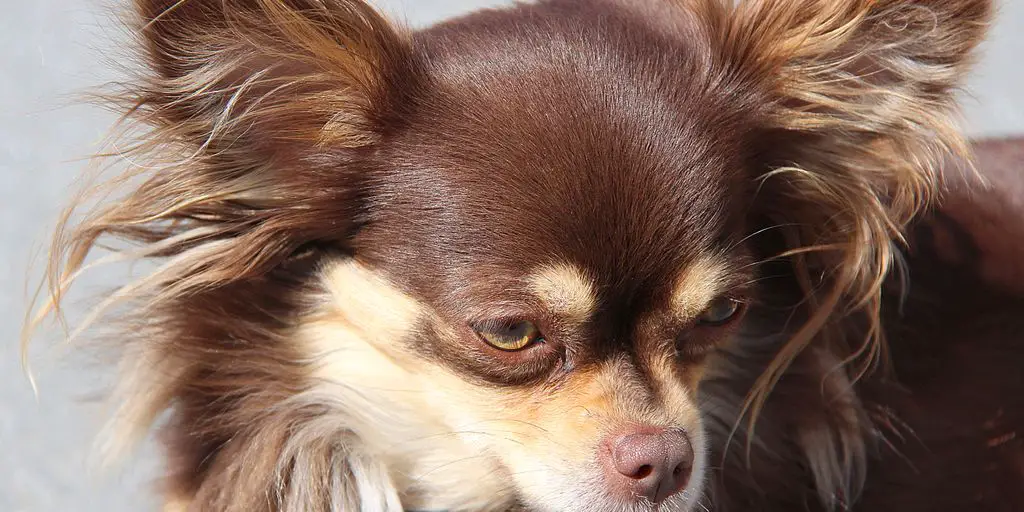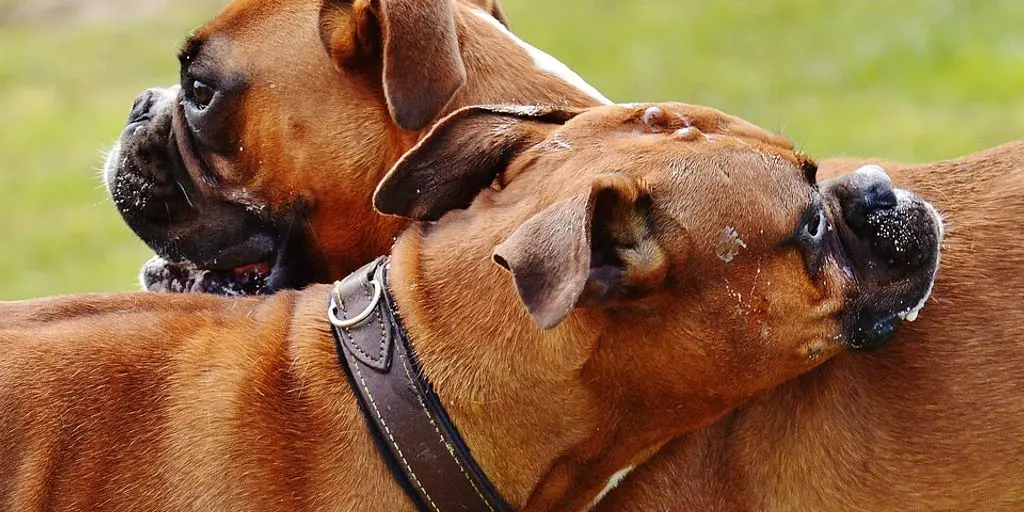Many dog owners often wonder if it’s safe to feed their furry friends rice. While rice is a common staple in human diets, it’s important to understand its effects on dogs, its nutritional benefits, and the best ways to prepare it. This article explores whether dogs can eat rice, the types of rice that are safe, and how to incorporate it into your dog’s diet.
Key Takeaways
- Rice can be a beneficial addition to a dog’s diet when served in moderation and properly prepared.
- Different types of rice, such as white, brown, basmati, and wild rice, have varying nutritional values and benefits for dogs.
- It’s essential to avoid harmful additives and seasonings when preparing rice for your dog to prevent digestive issues.
- Feeding rice to dogs can help with upset stomachs, provide a source of energy, and serve as a treat or part of a balanced meal.
- Overfeeding rice can lead to potential risks such as weight gain, allergic reactions, and impacts on blood sugar levels.
Why Rice Can Be Good for Dogs
Rice can be a fantastic addition to your dog’s diet when used correctly. Whether you’re dealing with digestive issues or just looking to mix things up, rice offers a solid source of carbohydrates that can help keep your pup healthy. Remember, every dog is unique, and their dietary needs can vary. For advice specific to your pet, it’s always a good idea to consult your vet.
Nutritional Benefits of Rice
Rice isn’t just a filler; it’s packed with nutrients that can benefit your dog. It’s a great source of energy, thanks to its high carbohydrate content. Plus, rice is gluten-free, making it a good option for dogs with certain dietary restrictions.
How Rice Helps with Digestion
Rice is gentle on a dog’s stomach, making it an excellent choice for dogs with digestive issues. It can help bind loose stool and promote regular bowel movements. Think of it like the saltine crackers we eat when we’re feeling under the weather.
Rice as a Source of Energy
Rice is a powerhouse of energy. Its high carbohydrate content makes it an excellent choice for active dogs that need a lot of fuel. It’s especially beneficial for dogs recovering from illness, as it provides easily digestible energy to help them get back on their paws.
Types of Rice Safe for Dogs
White Rice vs. Brown Rice
When it comes to feeding your dog rice, both white and brown rice are safe options. White rice is often recommended by vets for dogs with gastrointestinal issues because it’s easy to digest. On the other hand, brown rice is more nutritious but can be harder for some dogs to digest due to its higher fiber content.
Can Dogs Eat Basmati Rice?
Yes, dogs can eat basmati rice. This type of rice is aromatic and has a unique flavor that some dogs might enjoy. Just make sure it’s cooked and served plain, without any additives like salt or spices.
Is Wild Rice Safe for Dogs?
Wild rice is also safe for dogs and can be a good addition to their diet. It’s rich in nutrients and offers a different texture that can make mealtime more interesting for your pup. As with other types of rice, ensure it’s cooked and free from any harmful additives.
Remember, while rice can be a great addition to your dog’s diet, moderation is key. Too much rice can lead to weight gain and other health issues.
Highlights
- White rice is easy to digest and often recommended for dogs with gastrointestinal issues.
- Brown rice is more nutritious but harder to digest due to its higher fiber content.
- Basmati rice is safe and can be enjoyed by dogs if cooked and served plain.
- Wild rice is nutrient-rich and offers a different texture for your dog’s meals.
How to Prepare Rice for Your Dog
Preparing rice for your dog is pretty straightforward, but there are a few things to keep in mind to ensure it’s safe and beneficial for your furry friend. Keep it plain and simple—no salt, spices, or rich sauces that could harm your dog. Boil the rice in water and consider mixing it with a lean protein like cooked chicken or turkey for a well-rounded meal.
When to Feed Your Dog Rice
Feeding your dog rice can be beneficial, but it’s important to know when it’s appropriate. Here are some scenarios where rice can be a good addition to your dog’s diet.
Rice for Upset Stomachs
If your dog is experiencing stomach issues, plain white rice can be a lifesaver. It’s easy to digest and can help firm up your dog’s stool. Feeding rice only is okay on a short-term basis, especially when mixed with boiled chicken. Just remember, this shouldn’t be a long-term solution.
Rice for Dogs with Allergies
For dogs with certain food allergies, rice can be a safe alternative. It’s less likely to cause allergic reactions compared to other grains. However, always consult your vet before making any dietary changes.
Rice as a Treat
Rice can also be used as an occasional treat. It’s a healthy option compared to many commercial dog treats. Just make sure to keep it plain and avoid any seasonings or additives.
As with any addition to a balanced diet, we advise only feeding rice in moderation. Aim to feed your dog rice no more than two to three times a week. However, if your vet has advised to feed rice every day for a period of time for medical reasons, it’s always best to follow their advice.
Potential Risks of Feeding Rice to Dogs
Feeding rice to dogs can come with a few potential risks that every pet owner should be aware of. While rice is generally safe and well-tolerated, there are some concerns to keep in mind to ensure your furry friend stays healthy.
Overfeeding Concerns
Rice is high in carbohydrates, and overfeeding can lead to weight gain or even obesity in dogs. It’s important to keep rice as a small part of a balanced diet. All types of rice are considered “high carb,” so should not be overfed as it could cause weight gain in dogs. The carbohydrates also can contribute to blood sugar spikes, which brings us to the next point.
Allergic Reactions
Although rare, some dogs might be allergic to rice. Symptoms can include itching, swelling, and gastrointestinal issues. If you notice any of these signs, it’s best to consult your vet immediately.
Impact on Blood Sugar Levels
White rice, in particular, can cause a rapid spike in blood sugar levels. This is especially concerning for dogs with diabetes or those prone to blood sugar issues. Always consult your vet before making rice a regular part of your dog’s diet.
Moderation is key when it comes to feeding your dog rice. Always keep an eye on portion sizes and monitor your dog for any adverse reactions. If in doubt, consult your veterinarian for personalized advice.
Signs Your Dog Might Be Allergic to Rice
Common Symptoms
When introducing rice into your dog’s diet, it’s crucial to monitor for any signs of an allergic reaction. Common symptoms include itching, redness, and hair loss. You might also notice your dog scratching more than usual or developing bumps and scabs on their skin. In some cases, vomiting and diarrhea can occur, which are what we call non-specific signs of food allergies.
What to Do If Your Dog Is Allergic
If you suspect your dog is allergic to rice, the first step is to stop feeding them rice immediately. Consult your veterinarian for a proper diagnosis and treatment plan. They may recommend allergy testing or a special diet to identify the allergen. In the meantime, you can try feeding your dog a hypoallergenic diet to see if their symptoms improve.
Alternative Foods to Consider
If rice doesn’t agree with your dog, there are plenty of other options to consider. Some good alternatives include:
- Sweet potatoes
- Quinoa
- Pumpkin
- Oats
These foods are generally well-tolerated and can provide similar nutritional benefits without causing an allergic reaction.
Always consult your vet before making significant changes to your dog’s diet, especially if they have shown signs of food allergies.
Combining Rice with Other Foods
Mixing Rice with Meat
One of the best ways to make rice more appealing to your dog is by mixing it with meat. Dogs love meat, and adding some cooked chicken, turkey, or beef to their rice can make a delicious and nutritious meal. Just make sure the meat is cooked thoroughly and free from any bones or harmful additives.
Adding Vegetables to Rice
Incorporating vegetables into your dog’s rice can provide additional nutrients and variety. Some safe options include carrots, peas, and green beans. Chop the vegetables into small pieces and cook them until they are soft. This homemade dog food can be fed to dogs on its own or mixed in with kibble.
Creating Balanced Meals
To ensure your dog gets a balanced diet, it’s important to combine rice with other foods that provide essential nutrients. A good rule of thumb is to use a 2:1 ratio of rice to protein. This helps bind your dog’s stool in the case of diarrhea and provides a balanced meal. You can also add a small amount of healthy fats, like olive oil, to their food.
Remember, every dog is different, and their dietary needs can vary. Always consult with your vet before making significant changes to your dog’s diet.
Veterinarian Recommendations on Rice
When it comes to feeding your dog rice, it’s always a good idea to get some professional advice. Every dog is different, and what works for one might not work for another. Here are some veterinarian recommendations to keep in mind.
Common Myths About Dogs and Rice
Myth: Rice Causes Weight Gain
One common myth is that feeding rice to dogs will make them gain weight. While rice is a carbohydrate, it doesn’t automatically lead to weight gain. The key is moderation. Just like with any other food, overfeeding can cause weight issues, but rice itself isn’t the culprit.
Myth: Rice Is Hard to Digest
Another myth is that rice is difficult for dogs to digest. In reality, white rice is often recommended by veterinarians for dogs with gastrointestinal issues because it’s easy on the stomach. Brown rice, while slightly harder to digest due to its fiber content, is still a good option for dogs.
Myth: All Rice Types Are the Same
Not all rice types are created equal. White rice and brown rice have different nutritional profiles, and some types of rice, like wild rice, offer unique benefits. It’s important to choose the right type of rice based on your dog’s specific needs.
It’s essential to debunk these myths to ensure our furry friends get the best nutrition possible.
Homemade Dog Food Recipes with Rice
Making homemade dog food can be a fun and rewarding way to ensure your pup gets the best nutrition. Here are some of my favorite recipes that include rice, which is not only easy to prepare but also a great source of energy for your furry friend.
Conclusion
So, can dogs eat rice? Absolutely! Rice can be a great addition to your dog’s diet when given in moderation and prepared properly. It’s easy on their stomachs and can even be beneficial during bouts of gastrointestinal issues. Just remember, while rice is safe and healthy, it shouldn’t replace a balanced diet. Always consult your vet if you’re unsure about introducing new foods to your dog’s meal plan. Happy feeding!
Frequently Asked Questions
Can dogs eat rice every day?
While rice is safe for dogs to eat in moderation, it should not replace a balanced canine diet. It’s best used as an occasional supplement or as part of a dietary regimen for specific health issues.
Is white rice or brown rice better for dogs?
Both white and brown rice are safe for dogs, but they have different nutritional profiles. White rice is easier to digest and is often recommended for dogs with gastrointestinal issues, while brown rice has more fiber and nutrients.
Can rice help with my dog’s upset stomach?
Yes, white rice is often recommended by veterinarians as a bland food for dogs that are having gastrointestinal issues. It is easy to digest and can help firm up your dog’s stool.
How much rice should I feed my dog?
Rice should be fed in moderation. As a guide, aim to feed your dog rice no more than two to three times a week. However, if your vet has advised to feed rice more frequently for medical reasons, it’s best to follow their advice.
Are there any risks associated with feeding rice to dogs?
There are minimal risks in feeding rice to dogs. The most important considerations are that it should be part of a complete and balanced diet in order to prevent nutritional deficits, and uncooked rice should be kept out of reach.
Can dogs be allergic to rice?
Yes, although it is rare, some dogs can be allergic to rice. Common symptoms of a rice allergy include itching, skin rashes, and gastrointestinal issues. If you suspect your dog is allergic to rice, consult your veterinarian.
Is wild rice safe for dogs?
Yes, wild rice is safe for dogs to eat and can be a nutritious addition to their diet. It is rich in protein and fiber, but should still be fed in moderation.
Can I mix rice with other foods for my dog?
Yes, rice can be mixed with other foods such as meat and vegetables to create balanced meals for your dog. Just make sure that all ingredients are safe for canine consumption and that the overall diet is nutritionally balanced.


